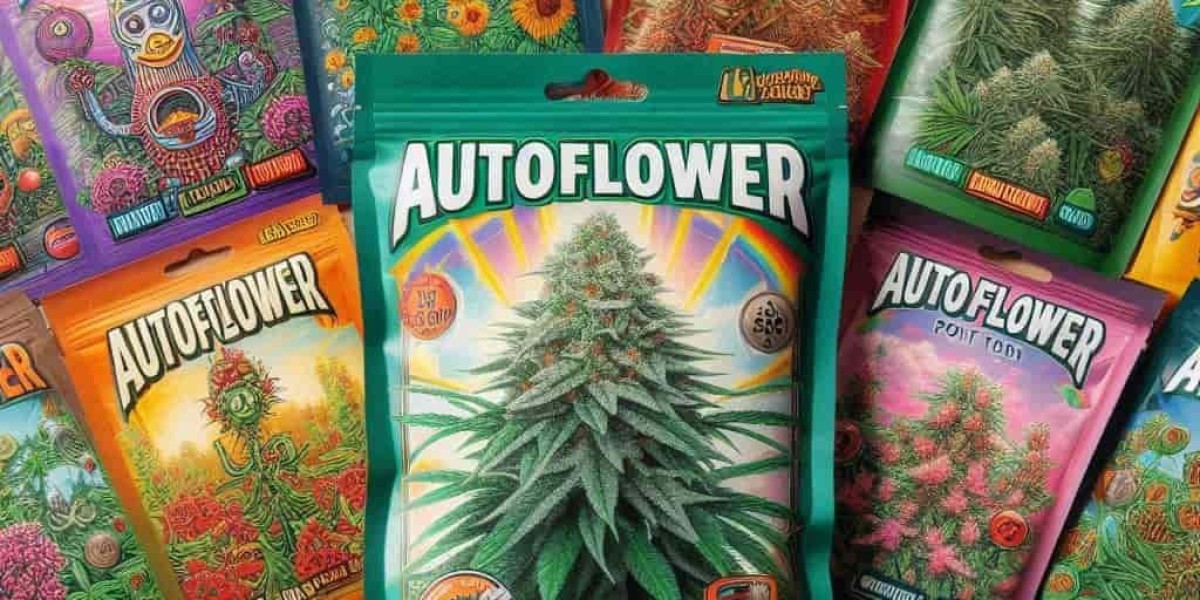As the industry continues to develop, cannabis cultivation in Montana https://weedseedsoff.com/montana/ is gaining momentum, offering both opportunities and challenges for growers, consumers, and regulators alike.
The Legal Landscape
Montana voters approved Initiative 190 in November 2020, which legalized the possession, use, and cultivation of recreational marijuana for adults over the age of 21. This marked a significant shift in the state's approach to cannabis, which had previously only allowed medical marijuana use. The legal framework for recreational cannabis went into effect in January 2021, and by January 2022, licensed dispensaries were able to sell recreational cannabis products.
Under Montana law, adults can grow up to two mature cannabis plants and two seedlings for personal use. However, those interested in commercial cultivation must obtain a license from the Montana Department of Revenue's Cannabis Control Division. The licensing process includes strict regulations regarding security, plant tracking, and product testing to ensure compliance with state laws.
Ideal Growing Conditions
Montana's diverse climate presents both advantages and challenges for cannabis cultivation. The state's long summer days and abundant sunshine can be beneficial for outdoor growers, particularly in the western part of the state where the climate is more temperate. However, Montana also experiences harsh winters and unpredictable weather patterns, which can make outdoor cultivation risky.
Indoor cultivation is a popular option for growers looking to maintain more control over their environment. By growing indoors, cultivators can regulate temperature, humidity, and light exposure to optimize plant growth. While indoor cultivation can be more expensive due to the need for specialized equipment and energy costs, it allows for year-round production and greater consistency in product quality.
Challenges Facing Growers
Like any agricultural industry, cannabis cultivation in Montana faces a number of challenges. One of the biggest hurdles is the state's strict regulatory environment. Growers must adhere to a range of rules, including seed-to-sale tracking, testing for contaminants, and ensuring that their products meet state potency limits. Failure to comply with these regulations can result in hefty fines or the loss of a cultivation license.
Another challenge is the competition within the market. As more growers enter the industry, the supply of cannabis is increasing, which can drive down prices. This makes it essential for cultivators to differentiate their products, whether through organic growing methods, unique strains, or high-quality production practices.
Additionally, Montana's relatively small population compared to other states with legal cannabis markets means that the customer base is limited. This can make it difficult for some growers to scale their operations or achieve the same level of profitability seen in larger markets like California or Colorado.
Opportunities for Growth
Despite the challenges, there are significant opportunities for cannabis cultivators in Montana. The state's legal cannabis market is still in its early stages, and as the industry matures, there is potential for growth in both the recreational and medical sectors. Montana's tourism industry also presents a unique opportunity for cannabis businesses, as visitors from other states may be interested in purchasing legal cannabis products during their stay.
In addition, the growing demand for cannabis-derived products such as CBD and other cannabinoids offers another avenue for cultivators to explore. By diversifying their product offerings, growers can tap into new markets and increase their revenue streams.
Sustainability and Innovation
As the cannabis industry evolves, there is a growing focus on sustainability and environmental responsibility. Many Montana cultivators are exploring ways to reduce their environmental impact, whether through energy-efficient indoor growing techniques, water conservation practices, or organic farming methods. By adopting sustainable practices, growers can not only reduce their costs but also appeal to environmentally conscious consumers.
Innovation is also playing a key role in the future of cannabis cultivation. Advances in genetics, automation, and cultivation technology are helping growers improve efficiency and increase yields. For example, some cultivators are experimenting with automated irrigation systems, LED lighting, and advanced nutrient delivery systems to optimize plant growth and reduce labor costs.
Conclusion
Montana's cannabis cultivation industry is still in its infancy, but it holds great potential for growth and innovation. As the market continues to develop, cultivators will need to navigate the challenges of regulation, competition, and environmental factors. However, with the right strategies and a focus on sustainability and quality, Montana's cannabis growers are well-positioned to thrive in this emerging industry.
Whether you're a seasoned cultivator or someone interested in entering the cannabis market, Montana offers a unique landscape for growth and opportunity. As the industry continues to evolve, it will be exciting to see how cannabis cultivation in the Treasure State develops in the years to come.








